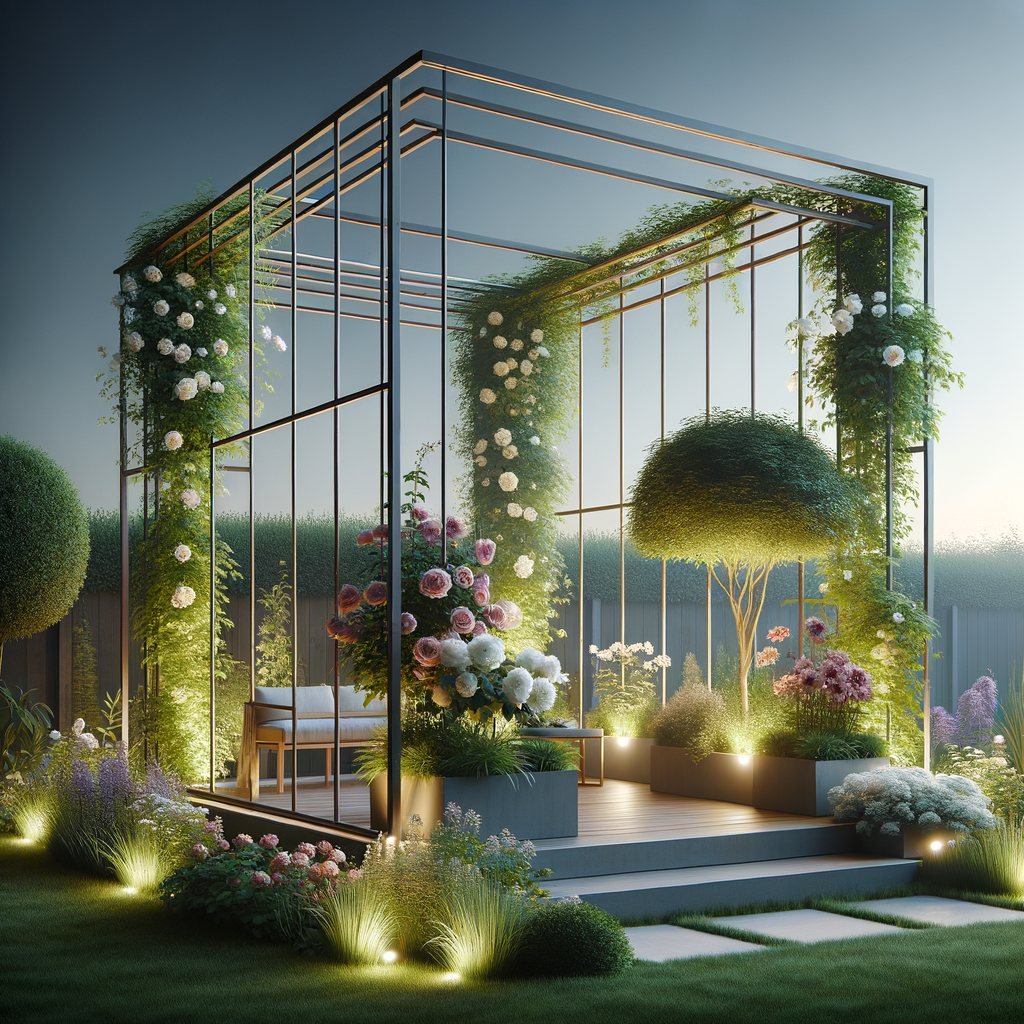How to Build an Effective Garden Trellis for Supporting Climbers

How to Build an Effective Garden Trellis for Supporting Climbers
A well-constructed garden trellis not only adds visual interest to your outdoor space but also provides essential support for climbing plants like roses, clematis, and sweet peas. Whether you're a DIY enthusiast or a seasoned gardener, building your own trellis is a rewarding project that can be customised to suit your garden’s style and needs. In this article, we'll guide you through the process of designing, sourcing materials, and constructing a sturdy, durable trellis that can withstand the elements and keep your climbers healthy.
Why Build Your Own Garden Trellis?
Investing time in creating a bespoke trellis offers multiple benefits:
- Customization: Shape, size, and style tailored to your garden layout.
- Cost-Effectiveness: Often cheaper than buying pre-made options.
- Durability: Choose quality materials suited for outdoor use.
- Satisfaction: Personal achievement from a DIY project.
This guide is ideal for home gardeners, landscape enthusiasts, and anyone keen on adding functionality and beauty to their outdoor space.
Essential Materials and Tools
Before starting, gather the following materials and tools:
Materials
- Treatwood or pressure-treated timber (e.g., thermawrap)
- Galvanised steel or aluminium garden wire or twine
- Metal brackets or corner connectors
- Concrete bags or post supports
- Weatherproof paint or wood preserver
Tools
- Circular saw or hand saw
- Drill and screwdrivers
- Tape measure
- Level
- Post hole digger
- Rubber mallet
Having these ready ensures a smooth building process.
Designing Your Trellis
Start by considering these factors:
Size and Shape
- Decide on the height (commonly 1.8 to 3 metres) and width based on your space.
- Common designs include panelled, obelisk, spiral, or arch styles.
Support Type
- Horizontal slats for broad coverage.
- Vertical bars for climbing support.
- Mesh or lattice panels for visual interest.
Plant Needs
- Check the growth habit of your chosen climbers—some prefer horizontal support, others vertical.
Step-by-Step Construction Guide
1. Preparing the Posts
Cut your timber to the desired height, allowing for extra length to bury in the ground for stability. Treat the wood with weatherproofing to withstand outdoor conditions.
2. Setting the Posts
Dig holes approximately 60cm deep using the post hole digger. Position the posts squarely, using a level to ensure straightness, then backfill with concrete or gravel for stability.
3. Attaching the Support Frame
Connect horizontal and vertical slats using metal brackets, or weave wire or twine through pre-drilled holes to create your support panels.
4. Ensuring Durability
Apply a weatherproof finish to all wooden parts and check connections regularly.
5. Planting and Training
Once installed, plant your climbers at the base and gently train them onto the trellis as they grow.
Maintenance Tips
- Regularly inspect for loose or damaged parts.
- Clean off debris to encourage healthy growth.
- Reapply weatherproofing as needed.
Comparing Trellis Types: A Quick Overview
| Type | Material | Support Style | Best For |
|---|---|---|---|
| Panelled | Timber | Horizontal lattice | Large flower displays |
| Obelisk | Timber/Metal | Vertical support | Compact spaces |
| Spiral | Metal | Spiral support | Climbing roses |
| Arch | Timber/Metal | Curved arch | Entranceways |
(For detailed comparisons, explore our range of garden supports at /categories/gardening-supports)
Final Thoughts
Building your own garden trellis is an accessible project that can greatly enhance your outside space. With the right planning, materials, and a bit of effort, you’ll have a durable and attractive structure that supports your plants beautifully. Remember to measure carefully, choose quality materials, and give your trellis the maintenance it needs to last.
Ready to Start?
Explore our selection of timber gardenkraft and tools to get your project underway. Happy gardening!
Transform your garden with a custom-built trellis—practical, durable, and perfect for supporting your climbing plants.